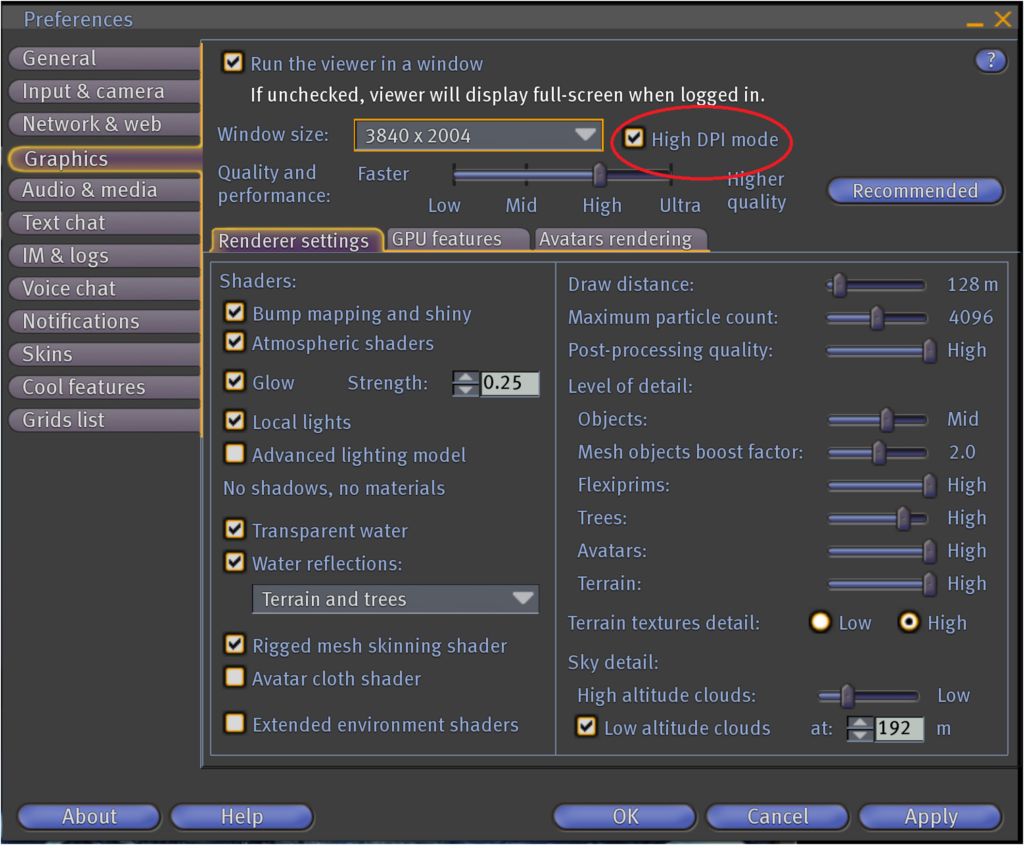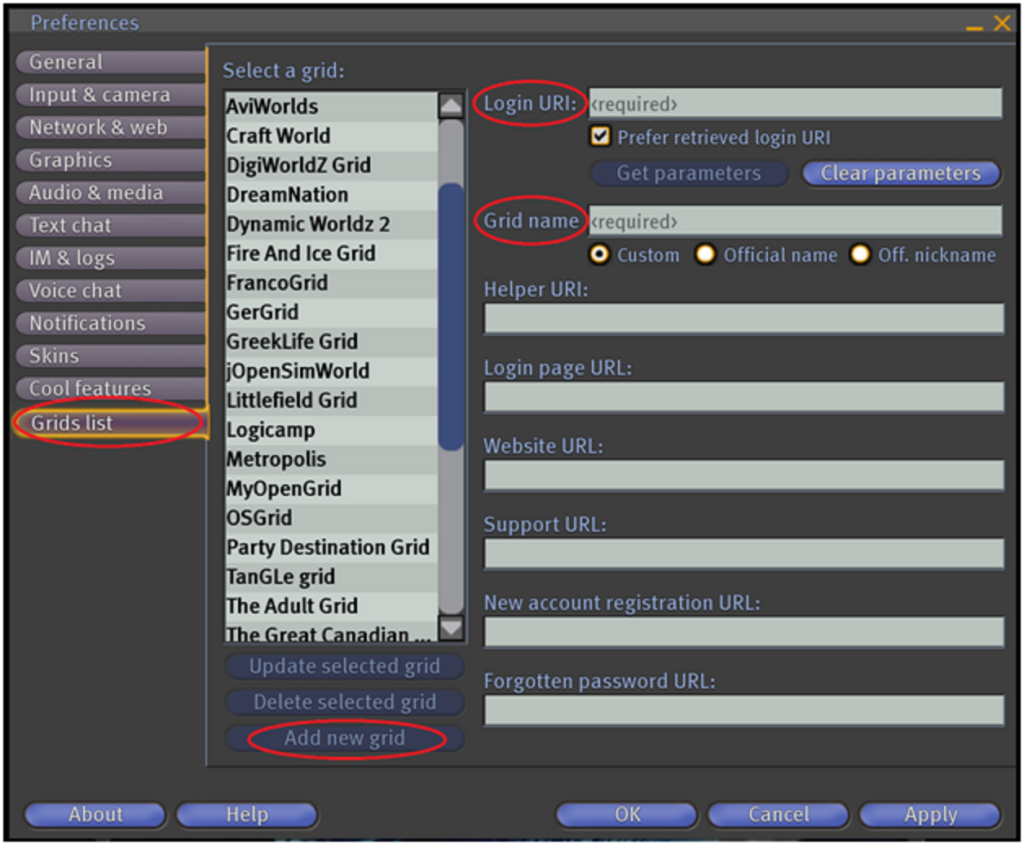Open Simulator
How To Access Our Virtual Platform
Greetings and welcome to one of our many solutions! We provide a desktop-based virtual reality platform for use with our learning management system. Desktop-based virtual reality uses a computer monitor for virtual reality applications that provide a graphical interface for its users. Virtual Reality (VR) is the technology that provides almost real and/or believable experiences in a virtual way. It is a more cost-effective solution when compared to immersive VR environments that typically require expensive hardware (i.e. goggles). The virtual platform consists of a computer-generated environment (i.e. world) which exists in three dimensions (but shown on a 2D display). Users can freely navigate in three dimensions around the world. It is developed using a specialized software application server known as OpenSimulator. OpenSimulator is an open source multi-platform, multi-user 3D application server. It is used to create our virtual environment (or world) which can then be accessed through a variety of clients (or viewers). This is what allows users to “see” into the world.

Viewer Downloads
The viewer that we use is called the Cool VL Viewer. The Windows version can be downloaded here. The application version is 1.32.0.26, released on 06/08/2024 and is approximately 118MB. Simply, download, unzip and install the package. The Mac version can be downloaded here. The application version is 1.32.0.24, released on 05/27/2024 and is approximately 152Mb. Simply, download, unzip and install the package.
We have an alternative viewer that we use for Mac-based platforms called the Phoenix Firestorm Viewer. The Mac version can be downloaded here. The application version is 6.6.17 (70368), released on 01/20/2024 and is approximately 219MB. Simply, download, run installer, drag app icon to app folder, and then open app.
The Tiny Text Issue
When we first installed the application, it was on a Windows laptop with a 4K high resolution display. The resolution on the laptop was shown to be 3840 x 2160 pixels (very high which is typical for modern laptops). The text in the Cool VL Viewer application appeared very “tiny”. The “tiny text” issue is caused by programs that are not optimized for high-DPI resolutions and programs that don’t scale well. In order to fix this problem in the Cool VL Viewer, go to Edit -> Preferences and select the Graphics tab. Check the box for “High DPI mode” and restart the application. The text should appear normal.

Configuration
Once properly installed and configured, a new grid must be added in order to connect to the virtual environment. For the PACE program, two grids need to be added. In the Cool VL Viewer, select Edit –> Preferences from the menu. Select the Grids list tab, enter the Login URI and the Grid name as shown below, then click Add new grid. This information will be used later to log into the virtual environment. See image below for more information.
Login URI: http://68.66.213.67:8002
(Friendly) Grid Name: PACE Grid
Region Name: LifeChanges (Note: no space, one word)
Using OpenSim version 0.9.0.1 & Sloodle version 2.1.11 & Moodle version 2.5.9
Login URI: http://68.66.213.67:8502
(Friendly) Grid Name: MSU Grid
Region Name: Morgan State (Note: space required, two words)
Using OpenSim version 0.9.2.2 & Sloodle version 2.2.0 & Moodle version 3.11.7

Restart the application. Select the correct region and enter your credentials. If you don’t know your credentials, ask Dr. Carl White. After you enter this information, it is desirable to check the box to Remember login credentials for convenience. If you are logging in for the first time, you will need to select Start Location: , choose “Type Location” and manually enter the Region Name .
